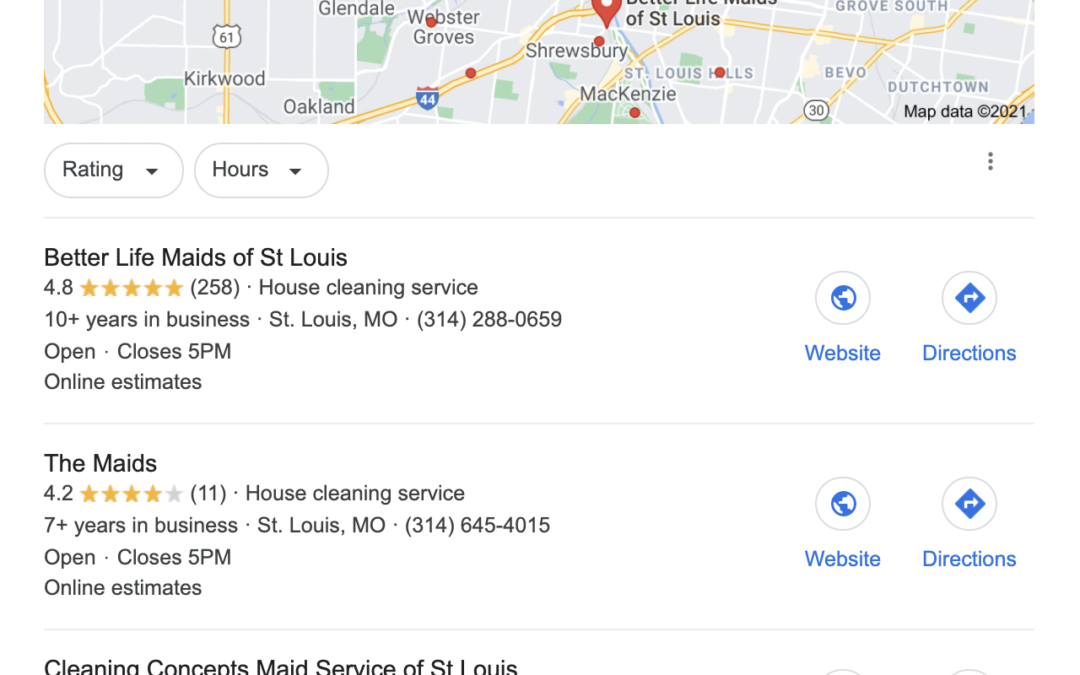This report from Customer Management IQ helps companies define, design, deliver and calibrate their customer service and experience.
Business recognizes the importance of customer experience. According to 75.9% of customer management executives and leaders who participated in this research initiative, their organizations have rated customer experience a 5 on a scale of 1-5 (with 5 being of highest importance.
Of their total annual budgets, 17.3% of organizations represented will spend more than 11% of their dollars on their customer experience program.
As these businesses put money and resources behind customer experience programming and initiatives, they must be careful to guard those investments. This research shows a concerning amount of unevenness in the definition, design, delivery, and calibration of the customer experience across participating organizations. However, the data also shows that there are entities that are emerging as strong performers in the area of customer experience as a differentiator among competitive fields and, as we will see, as a potential cost saver.
Key Findings
- Most survey participants agreed that the definition of the customer experience should include all interactions with the organization, from both the lifetime and transactional perspectives.
- A clear majority of respondents believe the customer experience cycle begins when the organization communicates with customers and prospects via marketing and promotion materials. A promising handful understand the cycle to begin when the customer first becomes aware of its products and services, no matter the method of awareness.
- Despite the fact that in a majority of organizations, the executive suite is involved in defining the organization’s customer experience, fewer than half have a member of the executive suite dedicated to focusing on customer experience and/or related programs.
- In those organizations that have identified customer experience priorities within their industries, customer service and ease of doing business were the leading two priorities.
- Functional roles in a concerning number of organizations do not have at least a passing familiarity with how customer feedback around preferences and priorities is collected, possibly revealing a lack of organization-wide communication on customer experience programs and strategies.
- Many businesses do not have a consistent customer experience across all channels (including telephone, email, chat, social media and Web self-service, among others) and touchpoints (from awareness to loyalty), and they do not have a plan in place to remedy the inconsistency or do not have confidence in their current remedial plans.
- Although the research indentified that customers are not having a consistent experience across all customer touchpoints, at least a few organizations are beginning to take steps to understand where and why the inconsistency exists.
- New channels, such as self-service and social media, and nuanced approaches to customer touchpoints will increase complexity for organizations, particularly in the contact center and customer service operations. This growing complexity should be evaluated when planning growth and expansion to ensure that fundamental delivery an dimprovement of the customer experience is not hindered.






